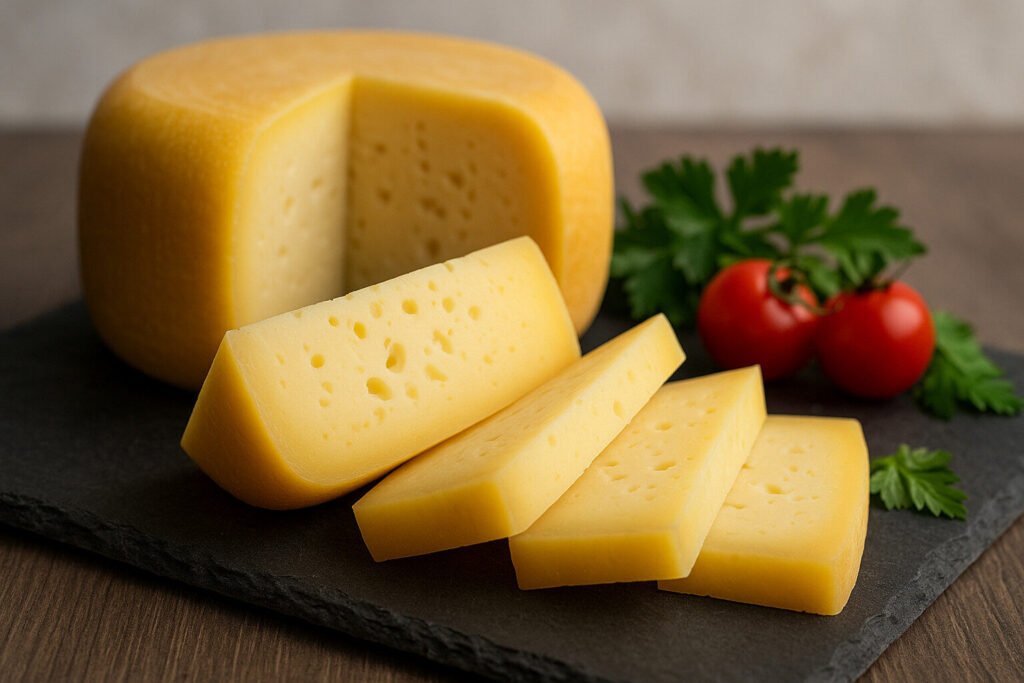Traditional Crafting Cheese
Defining Traditional Crafting Cheese
Traditional crafting cheese refers to varieties produced using time-honored methods passed down through generations. These techniques emphasize manual skill over industrial automation, often involving small batches and local milk sources. The definition encompasses adherence to specific regional recipes and production protocols that preserve historical authenticity.
This category excludes mass-produced cheeses made with standardized processes and artificial additives. Traditional crafting focuses on natural ingredients, extended aging periods, and unique microbial environments. The resulting cheeses reflect their terroir and the cheesemaker’s individual artistry within established cultural frameworks.
Production Methods and Techniques
Traditional cheese production begins with raw or minimally processed milk from specific animal breeds. Cheesemakers employ manual curd cutting, hand salting, and natural brine washing to develop characteristic textures. These labor-intensive methods require precise temperature control and humidity management throughout the process.
Aging occurs in natural caves or specialized cellars where environmental conditions contribute to flavor development. Traditional producers avoid pasteurization when permitted, preserving native milk microorganisms. The entire process may span from several weeks to multiple years, depending on the cheese variety and desired characteristics.
Sensory Characteristics and Profiles
Traditional crafting cheeses exhibit complex flavor profiles ranging from earthy and nutty to sharp and piquant. Their textures vary from crumbly and granular to smooth and creamy, depending on moisture content and aging duration. These cheeses often develop natural rinds with distinctive molds and yeasts that contribute to their sensory complexity.
Aromas can include notes of cellar, grass, or animal influenced by the animals’ diet and aging environment. The mouthfeel typically reveals layered flavors that evolve during tasting. Traditional cheeses demonstrate greater variation between batches compared to industrial counterparts, reflecting seasonal changes in milk composition.
Culinary Applications and Uses
Traditional crafting cheeses serve as centerpiece items on cheese boards, where their complex flavors can be appreciated alone. They perform excellently in cooked applications, maintaining structural integrity while contributing depth to sauces and baked dishes. Many varieties develop desirable melting properties that enhance sandwiches and gratins.
These cheeses pair effectively with artisanal breads, fruits, and regional wines that complement their distinctive characteristics. In professional kitchens, they provide foundational flavors for signature dishes. Home cooks value them for elevating everyday meals with authentic, robust cheese flavors unavailable in commercial products.
Regional Examples and Traditions
French Comté represents traditional crafting through its AOC regulations governing milk source and production methods. Italian Parmigiano-Reggiano maintains centuries-old techniques involving copper vats and natural whey starters. English Stilton continues its blue-veined tradition using specific piercing methods during aging.
Spanish Manchego demonstrates traditional crafting through its exclusive use of Manchega sheep milk and characteristic zigzag rind patterning. Greek Feta preserves its brined cheese heritage through protected designation of origin standards. These regional examples illustrate how geographical and cultural factors shape traditional cheese characteristics.

